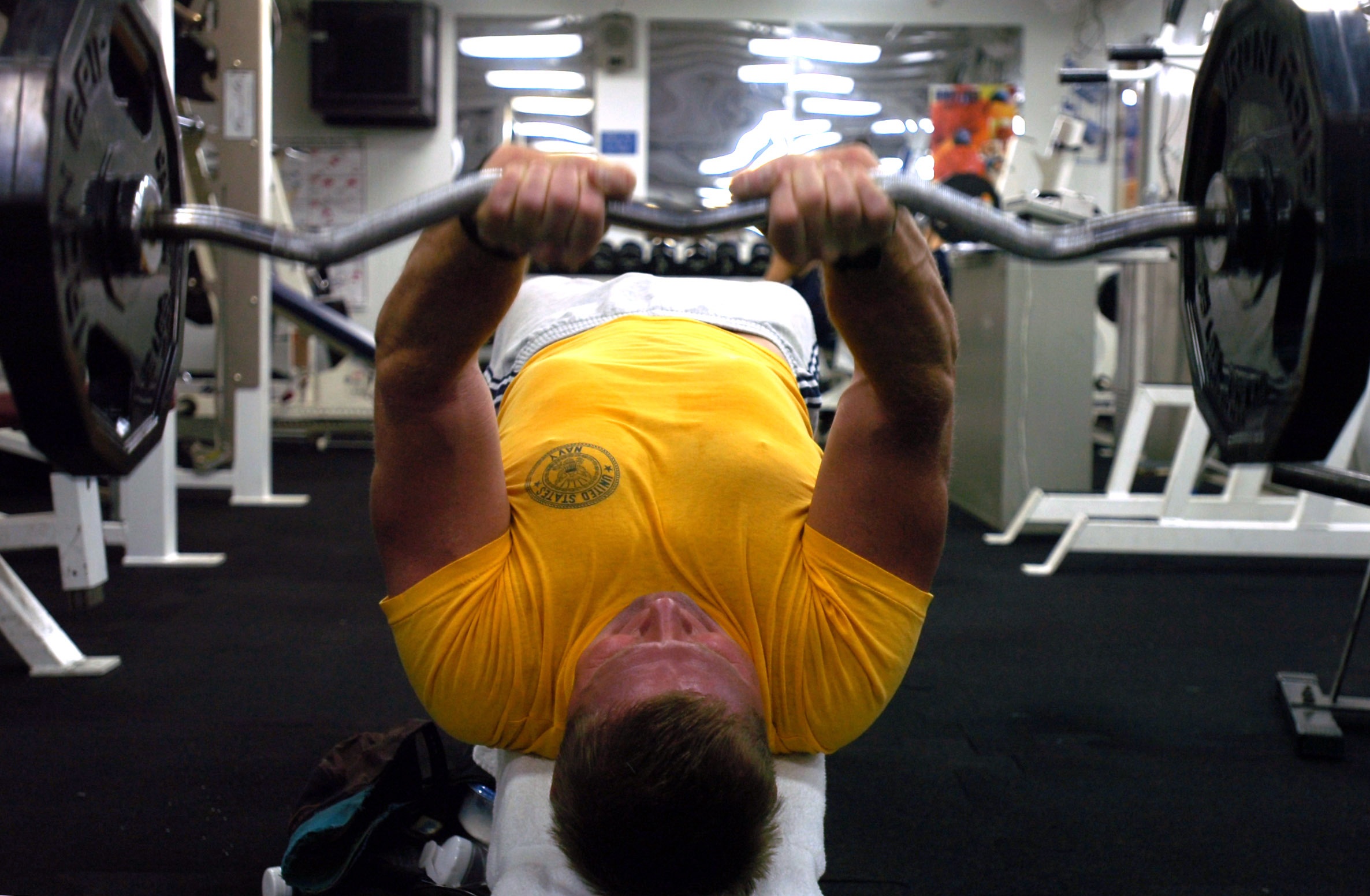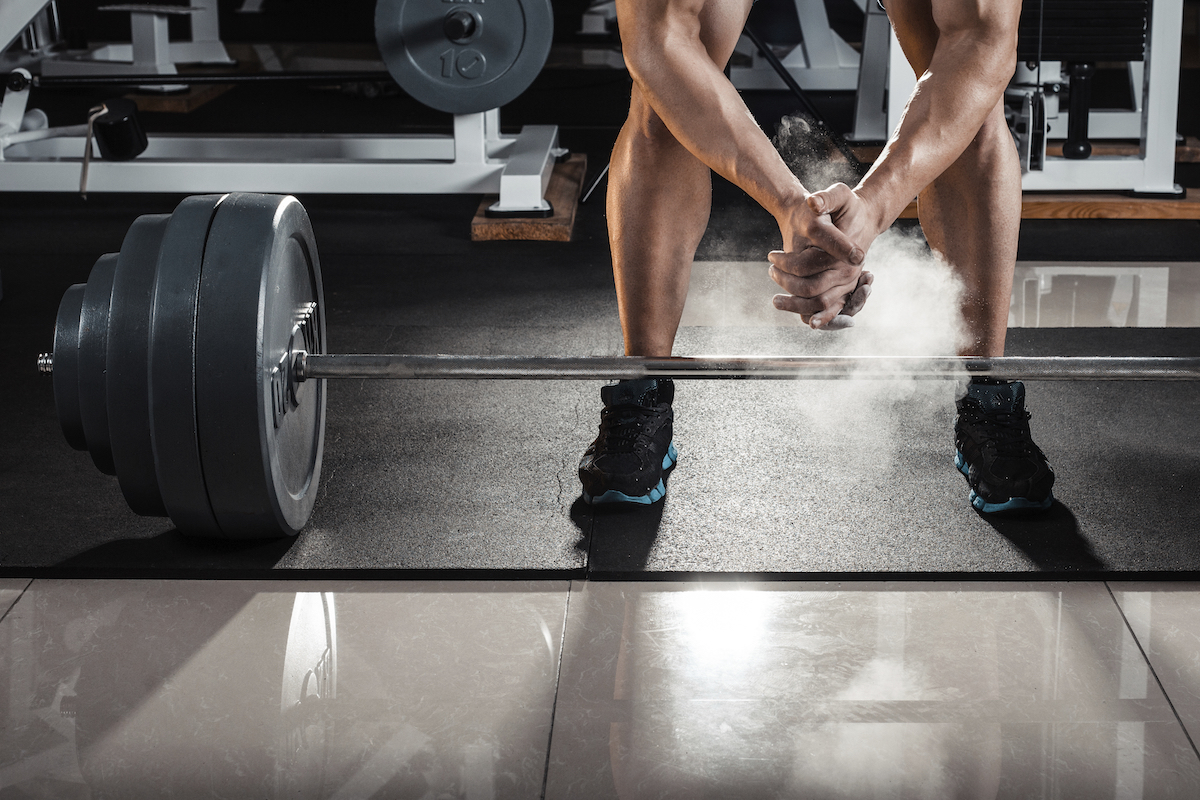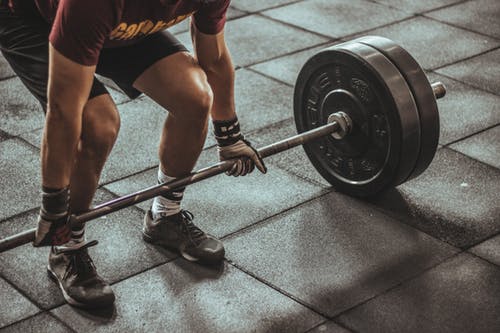The February issue of the Journal of Strength and Conditioning Research has an interesting study looking at postactivation potentiation (PAP) and the bench press. The authors studied 11 individuals who were healthy but experienced in strength training (the authors report a mean bench press of 103% of body weight).
The subjects performed a control test, then four different testing protocols over a 2 week period, all involved a 1-RM bench press followed by either a 1, 3, 5, or 7 minute rest. After the rest period the subjects performed one set of six reps at 50% of 1-RM. During the set with 50%, the power output was measured. Mean and peak power output was measured during both the concentric and the eccentric phase of the bench press.
The results are given in table form, so we cannot read the exact power outputs. However:
- On the concentric side, there was a statistically significant difference between control/1 minute rest and 7 minutes rest.
- As the rest period increased, so did the mean and peak power outputs on both concentric and eccentric parts of the bench press though this was not necessarily statistically significant.
The authors feel that this demonstrates PAP as a result of the bench press and that the results establish that this is reached at seven minutes of rest.
I’ve blogged about PAP several times (see http://wp.me/pZf7K-5v, http://wp.me/pZf7K-5s , http://wp.me/pZf7K-5p , http://wp.me/pZf7K-3L for examples). The results are mixed and seem to be related to strength levels and athletic abilities. I’m not sure this is a study that demonstrates PAP in real-world significance. While there is an elevation in power output over the control tests I’m not sure that those numbers mean anything in terms of performance. Jumping farther, throwing farther, sprinting faster are measures that mean something to performance. Power output on the bench press is difficult to apply to athletic situations as there just aren’t many sports performed on the back like that.
Ferreira, S.L.de A., Panissa, V.L.G., Miarka, B., and Franchini, E. (2012). Postactivation potentiation: Effect of various recovery intervals on bench press power performance. Journal of Strength and Conditioning Research, 26(3), 739-744.




1 thought on “Bench Press and Improved Power Output”
Obviously it applies to the sport of Power Lifting! But I do understand what you mean. As you know the BP is not nearly a popular with College Strength Coaches as it used to be. I would rather have my athletes train with a Jammer type piece of equipment than the BP. The overhead Push Press requires more athleticism but a lot of coaches don’t like the athlete have weight over their head Lots of old school Coaches still want the BP included in their program and its a big part of the NFL Combine
Comments are closed.